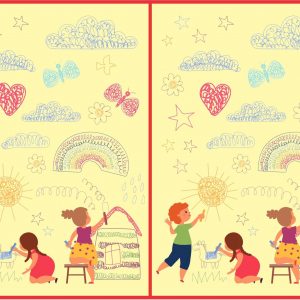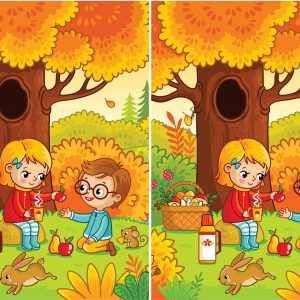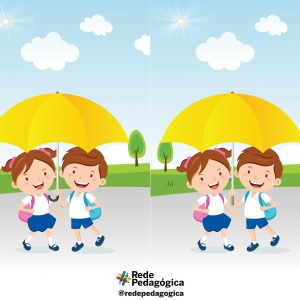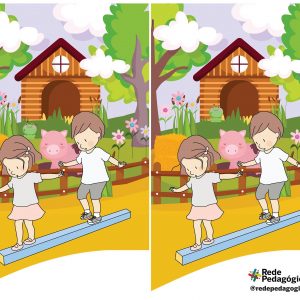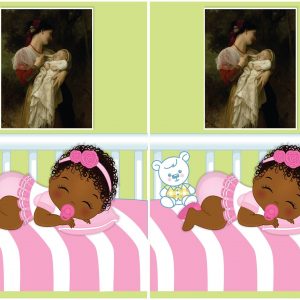The Joy of Creativity: How Coloring Enhances Child Development
Coloring is one of those timeless activities that brings children joy, encourages creativity, and promotes learning. Whether they’re using crayons, markers, or colored pencils, the simple act of coloring can engage young minds and help them develop critical skills for both their academic and emotional growth. The image we’re exploring depicts a young boy eagerly coloring in his notebook, showing just how exciting and rewarding this activity can be.
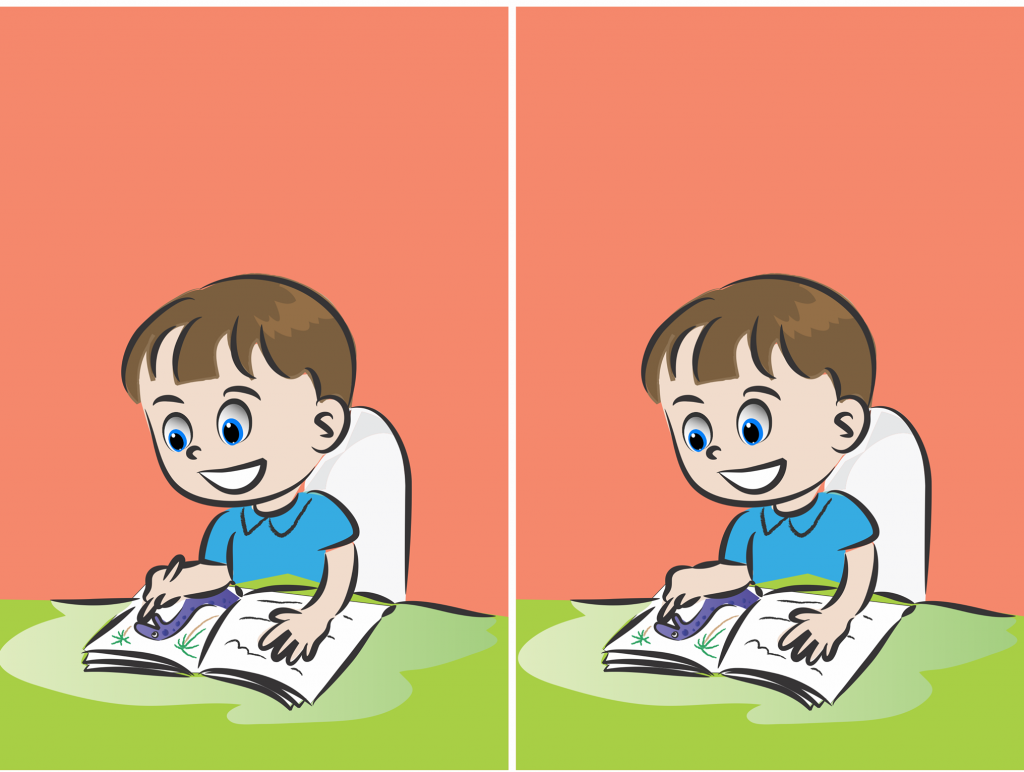
The Importance of Coloring for Cognitive Development
Coloring might seem like just a fun activity, but it’s much more than that. When children pick up crayons and start filling in blank spaces with colors, they are actively engaging in cognitive development. This process involves the use of fine motor skills, hand-eye coordination, and creativity, which are all essential for their future success.
Fine Motor Skills and Hand-Eye Coordination
Coloring helps children develop fine motor skills by requiring them to grip a crayon or pencil, control the pressure they apply, and stay within the lines. This helps strengthen their hand muscles, which are crucial for other tasks such as writing, typing, and buttoning a shirt. Furthermore, coloring requires hand-eye coordination, as children must focus on the images and decide which color to use and where to apply it.
Enhancing Focus and Concentration
As children color, they often concentrate on their task, improving their ability to focus for longer periods. This ability to stay focused is an important skill that translates to other areas of life, especially when it comes to schoolwork and other academic activities. The simple act of coloring also promotes patience, as children learn to take their time and work on details.

Emotional and Psychological Benefits of Coloring
Coloring is not just about developing physical skills; it also offers significant emotional and psychological benefits. It allows children to express their emotions and creativity in a constructive and non-verbal way. Whether it’s choosing colors based on their mood or experimenting with different patterns, coloring can help children process feelings, reduce stress, and build self-confidence.
A Creative Outlet for Emotional Expression
For children, coloring provides a safe space to express their emotions. By selecting colors and creating designs, they can externalize their feelings. For instance, a child might use bright, cheerful colors when they’re happy or dark colors when they feel upset. This non-verbal form of expression can be particularly helpful for children who struggle to put their emotions into words.
Boosting Self-Esteem and Confidence
Completing a coloring page gives children a sense of accomplishment and pride. As they finish their artwork, they get to step back and admire their work, boosting their self-esteem. Encouraging them to display their finished pieces—whether it’s on the fridge or in a special frame—reinforces this positive reinforcement, helping to build their confidence.
The Role of Coloring in Educational Development
Coloring is not only a creative activity; it also has educational value. Many coloring books, for example, feature themes such as the alphabet, numbers, animals, or historical figures. By engaging with these educational themes while coloring, children can learn in a relaxed and enjoyable manner.
Learning Through Coloring: Numbers, Letters, and More
By incorporating educational content into coloring activities, children can enhance their understanding of numbers, letters, shapes, and colors. For example, a child coloring a picture of an apple might learn to associate the color red with apples, or a picture of a dog might help them recognize that letter D is for dog. These lessons can be easily absorbed while they focus on coloring, making learning fun and interactive.
Improved Understanding of Visual Concepts
Coloring also helps children understand visual concepts like symmetry, contrast, and spatial awareness. When children color shapes or patterns, they begin to comprehend how different colors interact with one another and how to balance them visually. This contributes to their developing understanding of visual arts, geometry, and even design.

Coloring and Social Development: Sharing and Cooperation
While coloring might seem like a solitary activity, it can also have social benefits. When children color together, they practice cooperation, sharing, and taking turns. They may exchange coloring tools, collaborate on projects, or discuss which colors to use, all of which help improve their social skills.
Working with Others: Collaborative Creativity
When children color together, they learn to collaborate. Whether it’s creating a mural with friends or simply coloring side by side, they experience the benefits of teamwork. This fosters a sense of community and social connection, as they work towards a common goal and respect each other’s ideas and contributions.
Building Social Skills Through Group Activities
Group coloring activities provide an opportunity for children to practice their communication and interpersonal skills. They learn to take turns, express their opinions, and even solve conflicts when disagreements arise. These social experiences help children become better communicators and more empathetic towards others.

Coloring as a Tool for Relaxation
In today’s fast-paced world, children often face numerous distractions and pressures, even at a young age. Coloring provides them with a calm and relaxing activity that can help reduce anxiety and provide a mental break. The focused nature of coloring allows children to tune out distractions and be fully immersed in the creative process.
A Calming Ritual to De-Stress
Coloring is often used as a calming tool for children who experience anxiety or stress. The repetitive motions of coloring and the act of concentrating on the task at hand help bring focus to the present moment, providing children with a soothing escape from worries. This mindfulness aspect of coloring helps children regulate their emotions and find peace in the midst of a chaotic day.
A Break from Screen Time
In a world where screens dominate much of children’s daily lives, coloring provides a break from electronic devices. This screen-free activity encourages children to engage with their surroundings, promoting creativity and offering a healthy balance to digital entertainment.
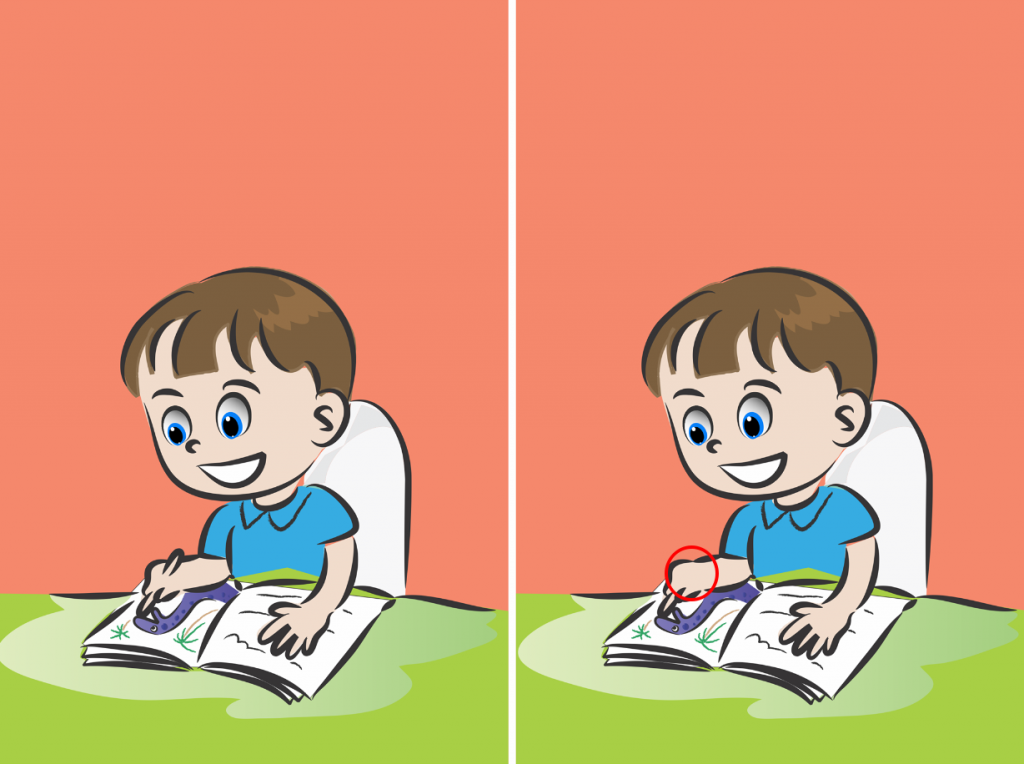
Conclusion: Encouraging Creativity and Learning Through Coloring
Coloring is far more than just a fun pastime—it’s an essential tool for childhood development. From fostering creativity and cognitive growth to offering emotional expression and relaxation, coloring provides children with a wide array of benefits. By encouraging children to engage in coloring activities, parents and educators are helping them build the skills they need for success in school, in social settings, and in life.
The image of the boy happily coloring in his notebook perfectly captures the joy and learning that come from such a simple, yet powerful, activity. By making coloring a regular part of a child’s routine, we give them the tools to grow emotionally, intellectually, and socially, setting them on a path for a bright and fulfilling future.
